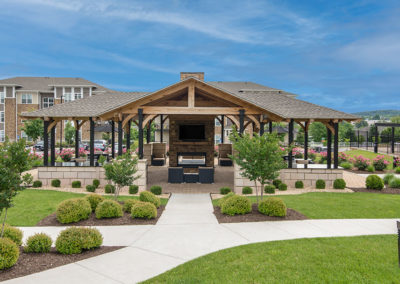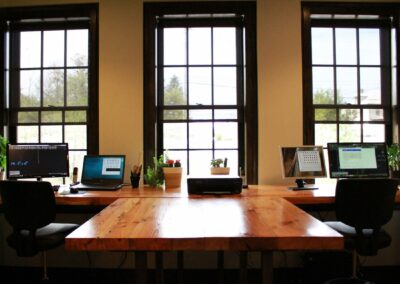We’ve discussed the importance of empathy in design in many blog posts, but how do we implement it and practice it? Here are 10 tools for empathetic design that should help to get you started, and each is explored in more detail below. Remember, empathy takes practice and intentional work.
-
- Engage and Observe
- Use Humility
- Care
- Be Transparent
- Experience
- Questions – Why
- Listening
- Imagination
- Sustainability – Caring for Creation
- Universal Design – Equality
1: Engage and Observe
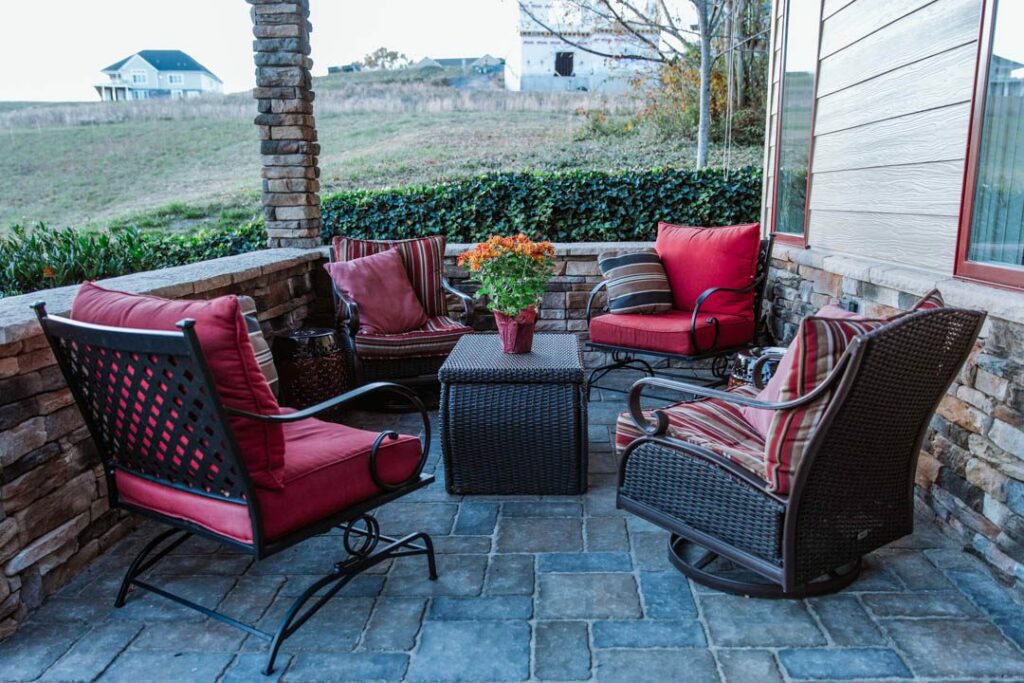
To design good buildings, you must first engage and observe the people you intend to design for without ego. Work hard to understand and experience the feelings of others. Watch for body language, cues, and habits – seeking to get through to what is really driving the desire.
2: Use Humility

Use humility to elevate the value of others above ourselves. Understanding that each of us have limited experiences and therefore shortfalls to achieve good design alone. We as architects can get hung up on the idea that we know design and therefore know the right solution. However, each of us is limited to our own experiences and thus need others to be able to design a better future for all. We have to invite in stakeholders that have different experiences and views to fully understand the design challenge and to create more holistic design solutions.
3: Care
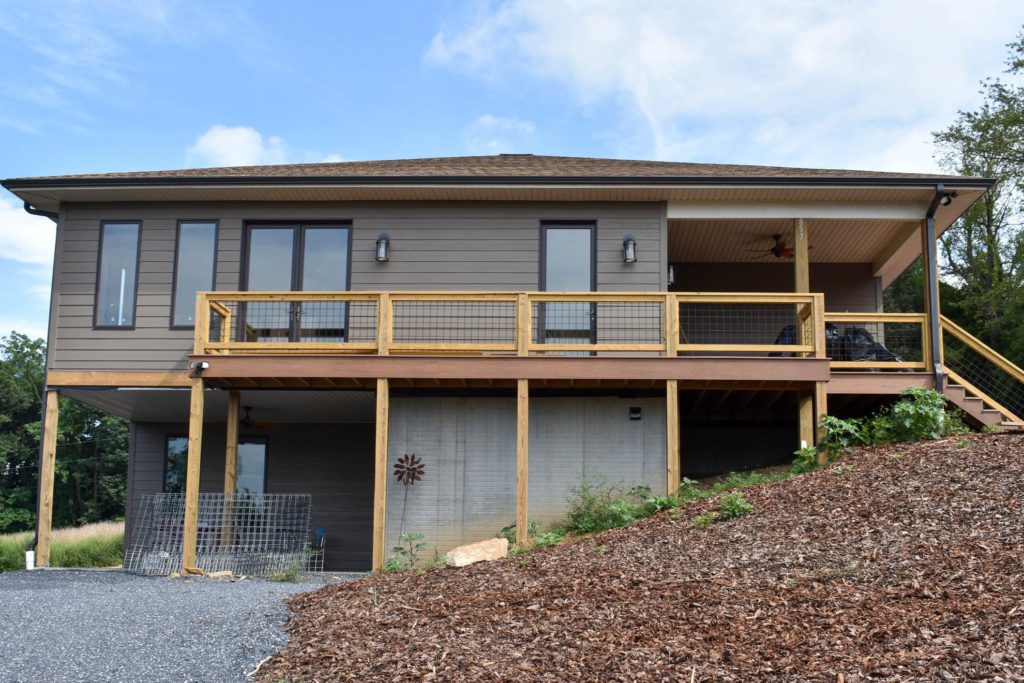
Care about your clients, the community, and the environment deeply.
4: Be Transparent

Be transparent in your thoughts and actions. After all, you are translating dreams.
5: Experience

You will pull from your life experiences, but that is not enough. You have to pull from the users experiences and put yourself in their shoes. You have to know the experience of your community to completely design for your community. This is where being of the community is so important. How do you engage others and get to know them? How do you understand their lived experiences? How do you design with meaning? You do it through understanding experiences.
6: Questions – Why

Pull out their stories, challenges, desires, needs, and wants by asking why, then why, then why.
7: Listening

It takes time and practice to take notes while listening fully, listening to hear, not listening to respond. Active listening is hard for sure. You have to clear your mind and fully engage in the conversation.
8: Imagination
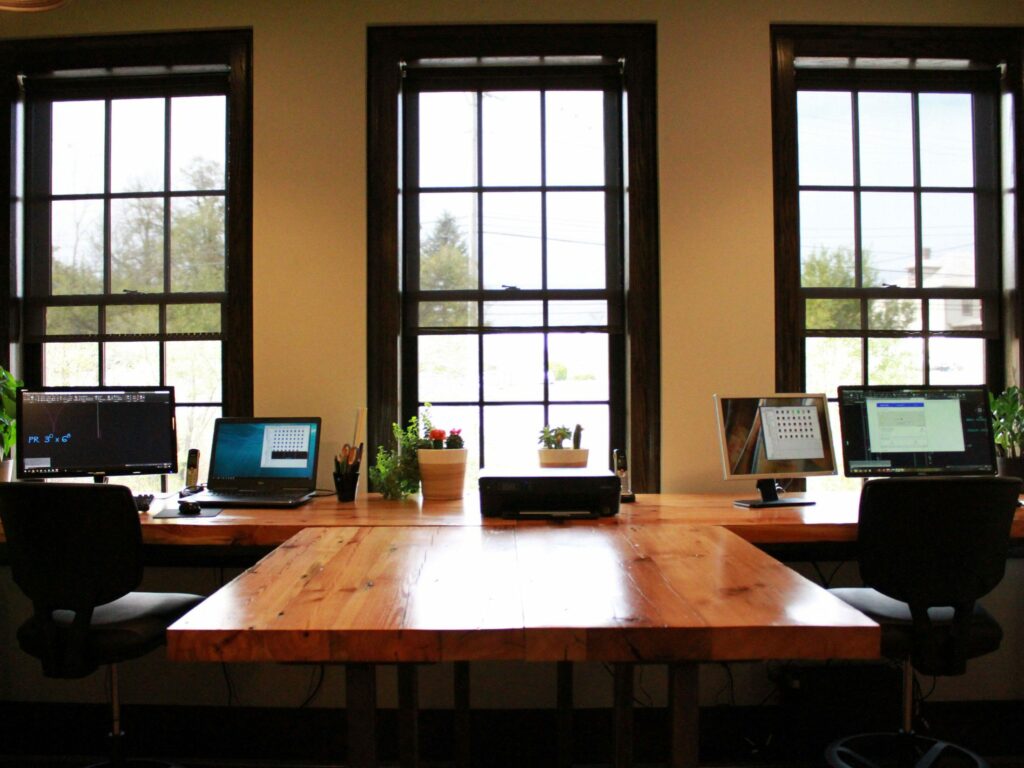
Put yourself in your client’s position and ask yourself questions – use your imagination.
9: Sustainability – Caring for Creation

True sustainability relies on an architecture that not only reduces our impact on the available resources on the planet but also recognizes, grounds, and affirms our need to be vulnerable, mentally healthy, and connected to each other and nature.
“In our every deliberation, we must consider the impact of our decisions on the next seven generations” ~ The great law of the Iroquois Confederacy
10: Universal Design – Equality
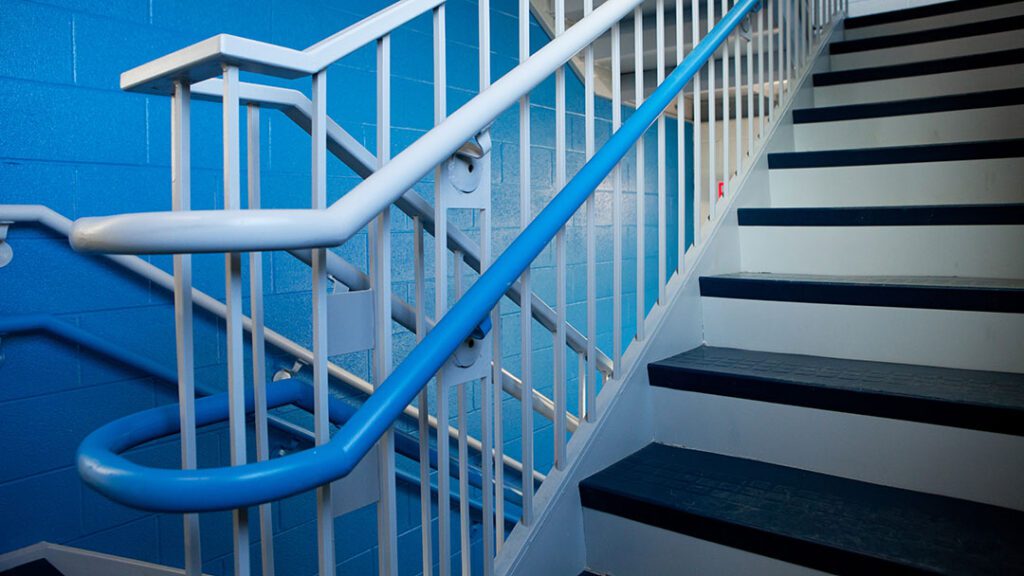
Design for any ability rather than specific disabilities which invites equal access for all.

